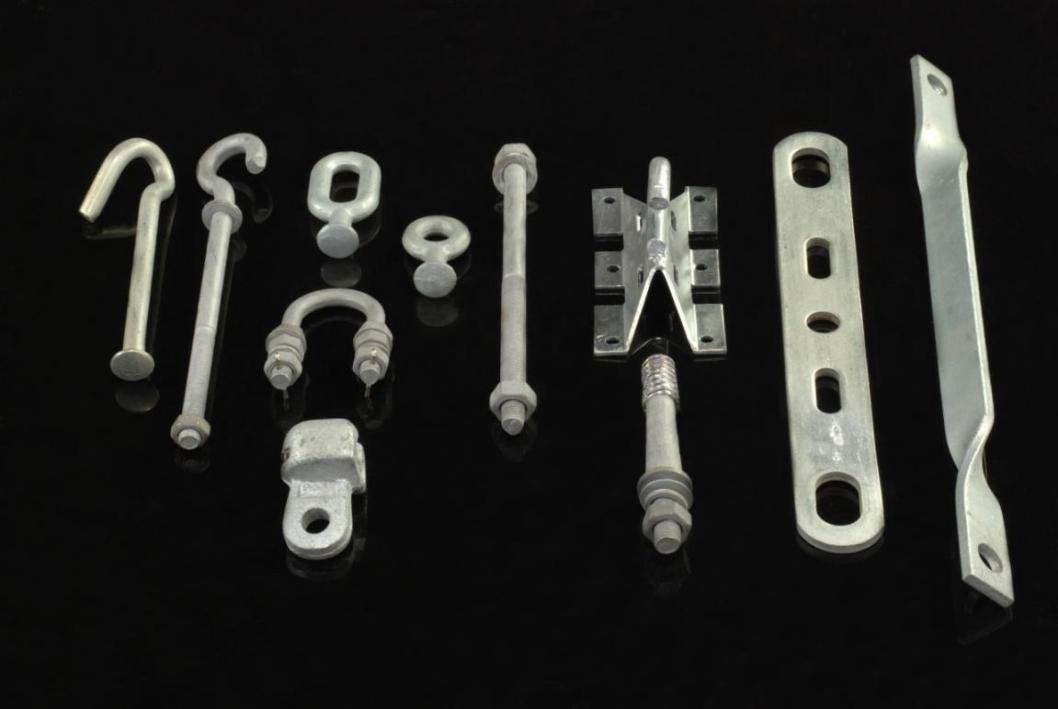With the technological advancement of OLED, OLED will enter the commercial application stage from the research and development stage. The OLED illumination featuring surface illumination will show potential advantages such as energy saving, environmental protection and other advantages compared with other lighting sources. Long-life, low-cost white OLED lighting products are the focus of development.
First, the basic structure of OLED and the principle of illumination
OLED can be divided into two main types of small molecules and polymers, and their structures are not the same.
Whether it is a small molecule OLED or a polymer OLED, there is an organic luminescent material layer between the thin and transparent conductive indium tin oxide (ITO film) cathode and the metal anode. The luminescent layer of the small molecule OLED is a layered structure. That is, the hole transport layer, the light-emitting layer and the electron transport layer are composed of three layers, and the organic light-emitting layer of the polymer OLED is a single layer structure.
Under the action of the external electrode, the electron generated by the cathode and the hole generated by the anode are respectively injected into the organic light-emitting layer. In the light-emitting layer, electrons and holes meet to form an exciton, and the excitons are attenuated to emit photons. Produces visible light. Radiation light can be seen through the glass or plastic substrate from the side of the transparent anode. The luminescent material and composition are different, and the color of the emitted light is different. By selecting different organic luminescent materials, red, green and blue light can be obtained. To achieve colorization. Mixing red, green, blue fluorescent materials or phosphorescent materials into an RGB device can produce white light.
For small-molecule OLEDs, electrons and holes are first injected into the electron transport layer and the hole transport layer, respectively, and then injected into the light-emitting layer. In the light-emitting layer, electrons and holes meet and recombine, and are emitted due to the transition of the energy band. Visible light, it can be seen that the principle of OLED illumination is basically the same as that of LED, except that the material and structure are different.
Second, the application and development of OLED in the field of lighting With the continuous improvement of OLED technology, OLED will enter commercial applications in the field of lighting. OLED lighting has surface illumination, high brightness, large area, scattered light source, ultra-light, ultra-thin, flexible, Transparent, mirror-type, new lighting design and other characteristics, compared with other lighting products, OLED shows potential advantages of energy saving, high efficiency, low cost, etc., is a new generation of solid-state lighting after LED solid-state lighting.
OLED lighting will have broad application prospects in LCD backlighting, office, home, automotive, aircraft interior lighting and targeted lighting, signage lighting, interior decoration, performance lighting and other functional aspects.
OLED's light and thin, surface-emitting features combined with the softness and ductility of flexible substrates, give a new design concept for future room lighting. Room lighting will no longer be limited to a single luminaire, lighting can achieve the overall lighting effect without lighting. Because OLED light source has different characteristics from traditional lighting, it will drive and expand the innovation and development of new OLED lighting design, lighting engineering, lamps and other related fields.
OLED lighting has the advantages of energy saving and environmental protection. With the increasing emphasis on environmental protection, the new non-polluting OLED backlight will be used as the LCD backlight. The traditional LCD backlight mainly uses cold cathode fluorescent lamp (CCFL), although the cold cathode fluorescent lamp has very Good characteristics, but it is easy to cause environmental pollution due to mercury, and color saturation is not enough. OLED pollution-free, high color gamut advantages make it the first choice for the next generation LCD product backlight.
Power Fitting is made of mild steel /AL alloy which are used to fix the insulators, it advance hot dip/cold galvanized mode for processing. Galvanized Spindle For Insulator,Galvanized Insulator Spindle and it`s the connecting equipment in power system. It has high strength, corrosion resistance, chemical resistance, aging resistance and insulation properties. Such products include steel feet, cross arms, tie rods, wire clips, grounding fitting, guy wire fitting, etc.
We provide every type of power fitting as follow:
1. Material: Mild steel or as per clients requirements
2. Surface: Hot dip/cold galvanized
3. Production: according to clients requirements



We warmly welcome friends both domestic and abroad to visit our company, if you have any questions, please contact with us directly.
Power Fitting
Power Fitting,High Voltage Cross Arm, Galvanized Spindle For Insulator,Galvanized Insulator Spindle
FUZHOU SINGREE IMP.& EXP.CO.,LTD. , http://www.cninsulators.com
